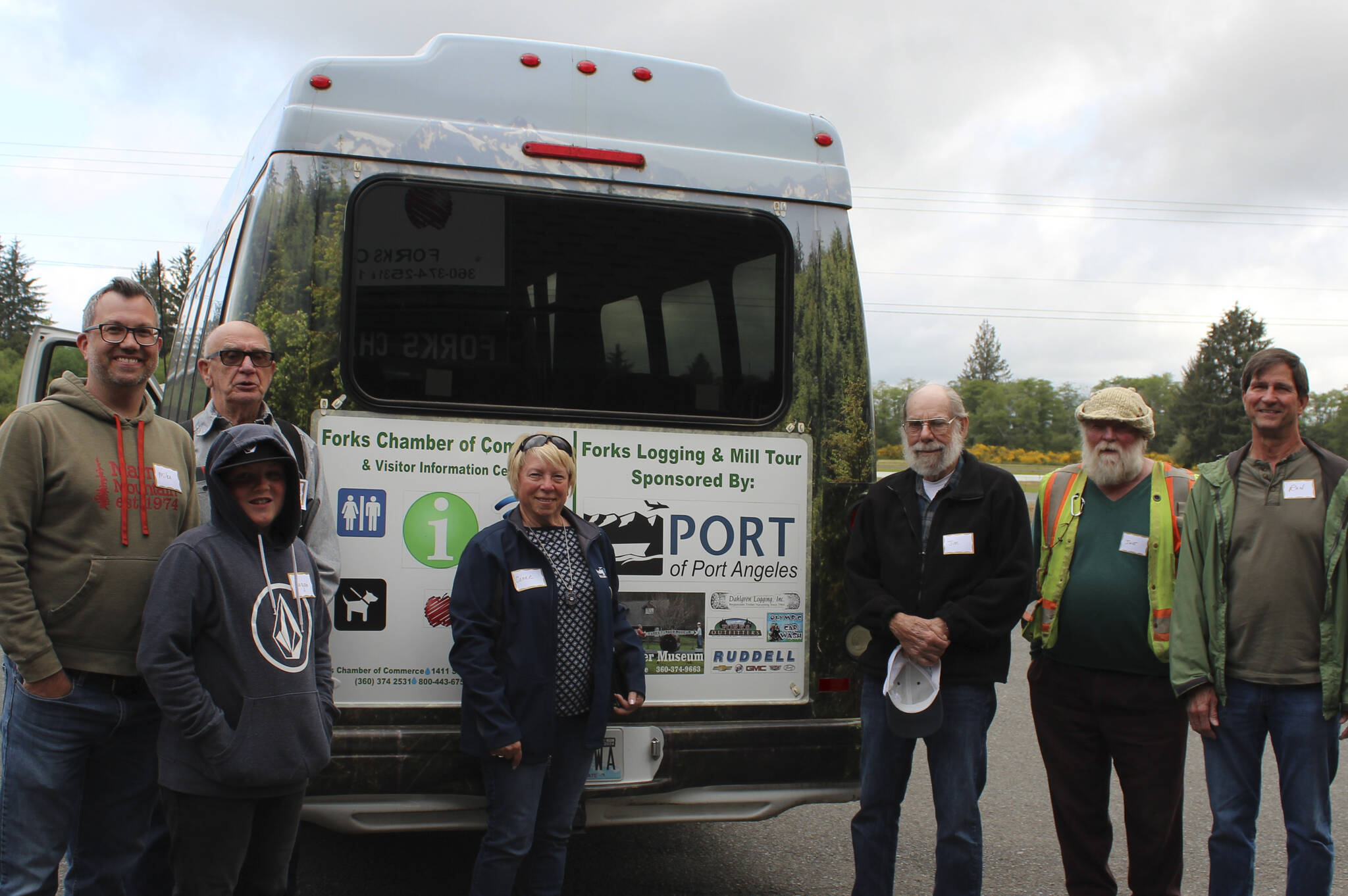The Forks Chamber of Commerce logging and mill tours will resume next week. Those who take the tour are treated to a look at how logging is done today. If the tours had been around in July of 1973 those on the tour might have said, when looking up into the sky, it’s a bird, it’s a plane, no it’s a balloon, and it’s a balloon that is logging.
In the summer of 1973, after a month of preliminaries balloon logging along the south fork of the Hoh River was finally underway. Marubeni America Co. began using what it claimed to be the first balloon logging system in the State of Washington. At the time local loggers debated the merits of such a system.
The balloon was controlled by cables attached to a yarder, the yarder reeled out the balloon over the area of downed timber, the balloon was lowered and the chokers were then set, the balloon was raised and reeled into the landing, where the logs were loaded onto conventional log trucks.
In 1971 the Forest Service had begun a program called FALCON. It was for research and development of the use of balloons, helicopters, and other log transport systems that were less harmful to the environment, and that would also make harvesting of timber viable in hard-to-reach terrains.
By 1976 balloon logging was still flying high and the late Mary Lou Hanify was writing a column about balloon logging for Lumberman Magazine. Her son Bruce was working for the DNR at Clearwater on a fire suppression crew. He remembers someone yelling at him he had a phone call, it was his mother telling him she had gotten him a job on the logging crew she had been doing a story on. Hanify remembers locating a pair of caulk boots and driving back to the Hoh and at five o’clock the next morning he was a choker setter on a balloon logging crew.
The job was twelve-hour days, $6.90 an hour, and time and a half for four hours. The guy who managed the operation was Ron Lufkin, the hook tender was Cliff Hay, the rigging slinger was Al Haley, and his nickname was Wolf, he was a Vietnam Veteran. The rest of the crew included an Australian named Quigley another man named Osborne and a guy named Whitey. (I think all logging crews in the seventies had a guy named Whitey.)
Riding the Gondola each morning was something Hanify never got used to, he said, “As many times as I rode that Gondola, there wasn’t one morning I didn’t think to myself: I am going to die. The Gondola shot straight into the sky like a rocket, and then, about the time you thought maybe you were going blind or something, the balloon ripped through the cloud layer and out we came into the light of day!”
As far as how balloon logging compared to conventional logging Hanify said “It must have been an experiment. There were no “roads” like a yarder would make, but it was terribly slow, I thought, and lots of downtime. I would regard it as impractical, but I’m no logger. Just a riggin’ rat from my college days.”
Hanify worked three months as a balloon logger and later in a conventional logging setting and then went on to college. He eventually became a lawyer and is now Clallam County District II Court Judge.
While widespread use of balloons for logging never really ‘got off the ground’ it is an interesting part of the history of logging. Who knows maybe it will be used again someday?
The Chamber Logging and Mill tours start up again for the summer season next week, Wednesday, May, 29. Tours leave the Chamber Visitors Center, 1411 S. Forks Avenue, at 9 a.m. on Wednesday mornings and last about three hours; reservations are required call 360-374-2531.
Christi Baron, Editor


